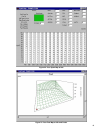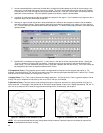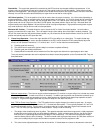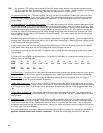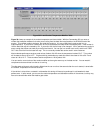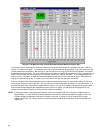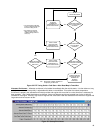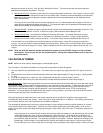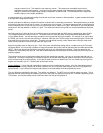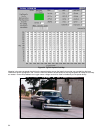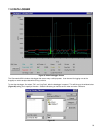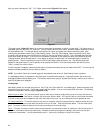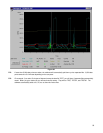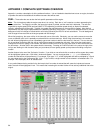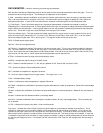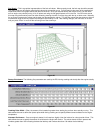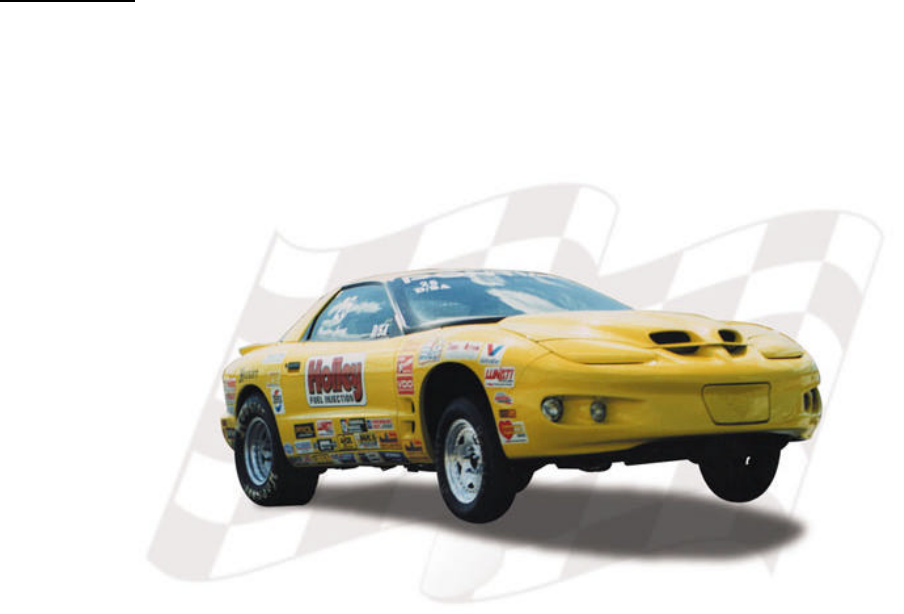
51
a large increase in fuel. This makes the fuel map very uneven. This causes poor driveability that is hard or
impossible to resolve with mapping. If this same engine were mapped using speed density operation, this large
change in airflow would create a large change in the position of the fuel map. This would allow for the map to be
smooth creating a much better driveability.
It is always best to run a throttle body design that has the most linear increase in airflow possible. A good example would be a
4 bbl style with a progressive linkage.
Another example of a deficiency of Alpha-N would be a vehicle with an automatic transmission. With speed density you would
tune the fuel map when the car was in neutral. You would then put it into gear. This would change the load on the engine and
would change the point on the map you are tuning, allow proper fuel in neutral and in gear. With Alpha-N, you would be at the
same point in the map whether in neutral or in gear. The result would be a fuel map that is a compromise between these two
points.
You likely need to run Alpha-N when the manifold pressure as measured with the MAP sensor is greater than about 70 kPa.
This is approximately 8.5 inches of vacuum. The reason for this is really the same as the problem described above with
running speed density. You will have large changes in the fuel map that will hurt driveability. For example, if an engine idles
at 75 kPa, you can tune it to idle fine at that rpm. However, 2500 rpm and 75 kPa usually mean that the engine is under load
and needs a lot more fuel than it did at idle. Therefore, the map would have big “valley” below about 1500 rpm what would
make it hard to transition from idle to light load and higher load.
Alpha-N is typically used on drag-only cars. Even if they have a throttle body design that is not ideal such as the Ford style
mentioned above, it is not usually a problem on drag cars because they mostly need to operate at idle and wide-open-throttle
(WOT). Other than the burnout and driving through the pits, they only see these two extremes. These two areas can be
mapped very successfully with Alpha-N. Cars with throttle stops also are ok because the throttle stop area of the map can be
properly mapped.
There seems to be some misinformation about Alpha-N and closed loop operation. You can run a system Alpha-N and run
closed loop. The two are completely non-related, except for the fact that most Alpha-N systems are used on all-out racecars,
which run open loop all the time typically. If you have a street car that runs Alpha-N, you can run closed loop as long as the
engine runs smoothly at a 14.7:1 air/fuel ratio at idle and/or cruise.
Tuning Alpha-N – Tuning Alpha-N is basically the same as tuning a speed density system. All of the other tables (start-up
enrichment, ignition timing, coolant and air temp modifiers, IAC, & O
2
) work the same whether you are running Alpha-N or
Speed Density. If you had both fuel maps tuned precisely, then these tables would be practically the same.
The only difference would be the fuel map. They will be very different. The WOT fuel curve will be exactly the same. That is
because with both speed density and Alpha-N, you will be using the fuel values from the top row. However, depending on the
TPS position, you may be reading values a few lines down from the top using Alpha-N.



